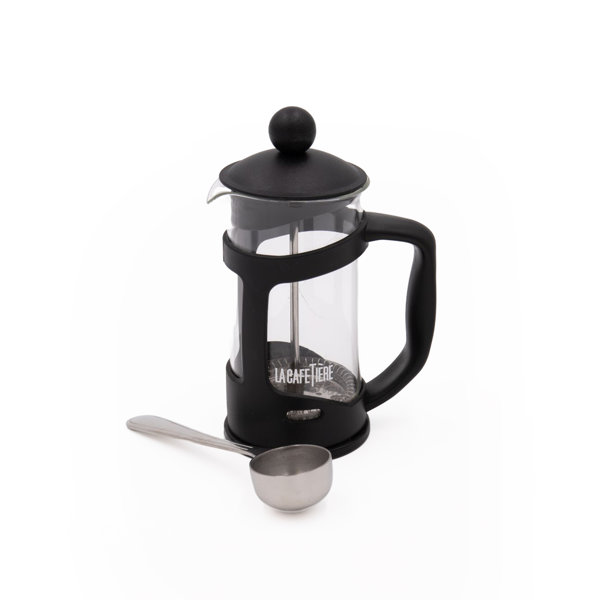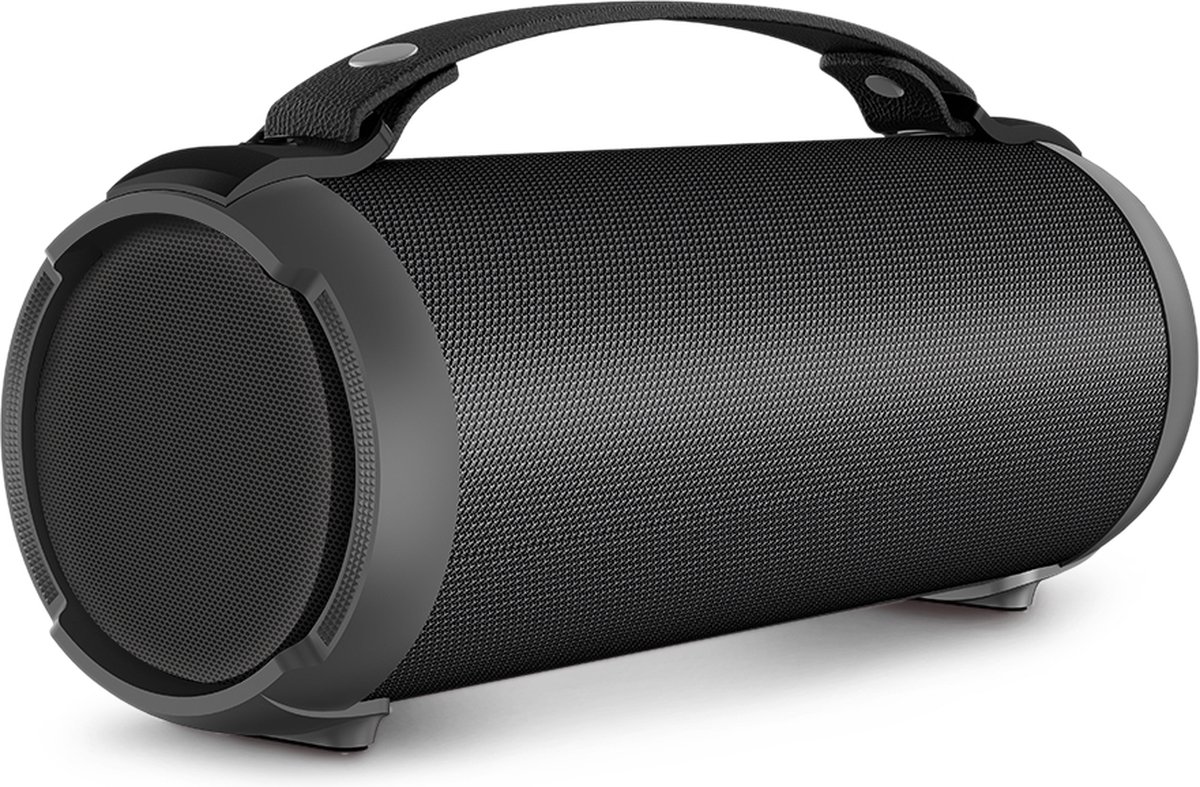
16 Stuks Waterfilter Patronen Voor Brita Kannen - Vermindert Kalk & Chloor
Geniet van schoon en lekker water met deze filterpatronen! Passen op Brita Maxtra+, Style, Marella, Elemaris, XL en Fun kannen. Één filter gaat tot 30 dagen mee (ongeveer 150-200 liter). Verwijdert zware metalen, vermindert kalkaanslag en chloor, en verbetert de smaak van je water. Veel goedkoper dan flessenwater en beter voor het milieu. Perfect voor drinken, koken of kindermaaltijden. De set van 16 filters geeft je een lange voorraad. Geen gedoe meer met troebel of vies smakend water!














